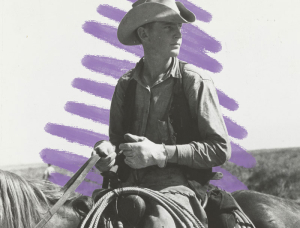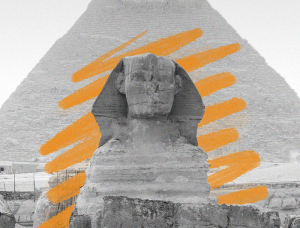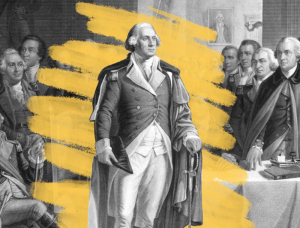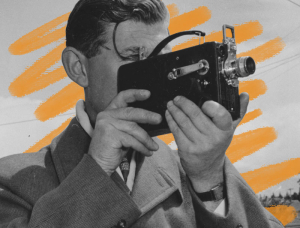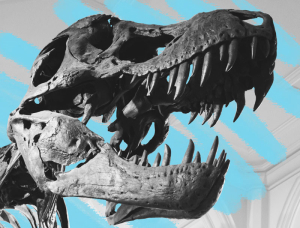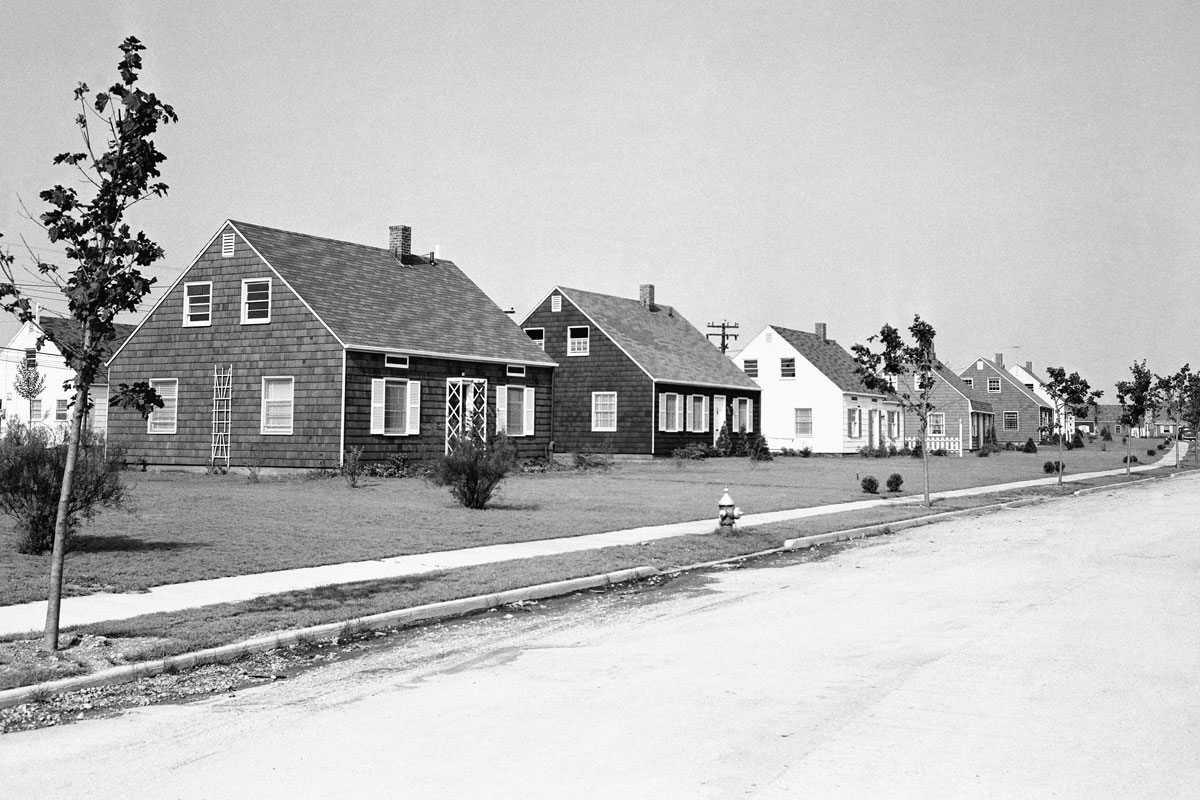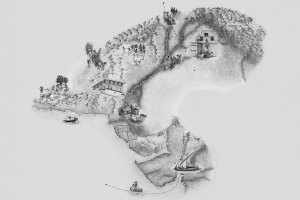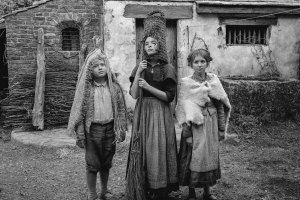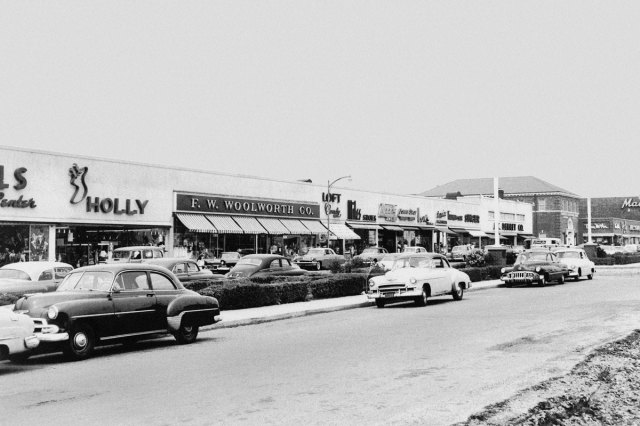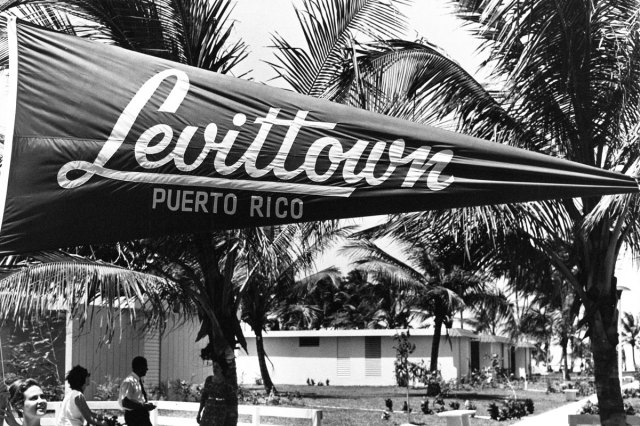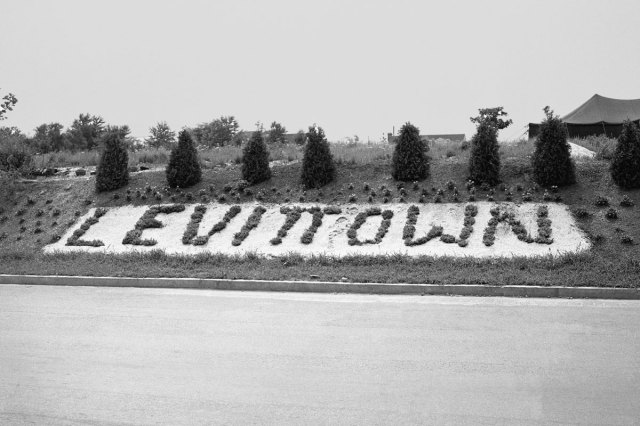What Was America’s First Suburb?
When you think of the origins of American suburbia, the name Levittown may spring to mind. A symbol of post-World War II optimism and domestic comfort, this Long Island development, constructed between 1947 and 1951, is often credited as America’s first modern suburb. Yet Levittown wasn’t technically the first suburb in U.S. history — though as the first mass-produced, federally supported suburban development in the country, it did shape a new national lifestyle — and with it, a new cultural identity.
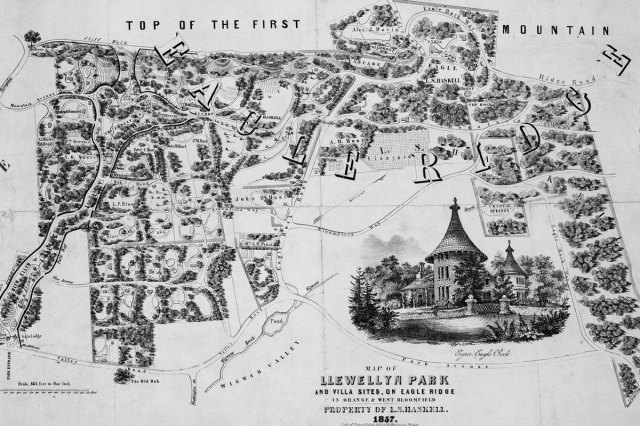
The First Suburbs
Suburbs in America existed well before Levittown. In the late 19th and early 20th centuries, streetcar suburbs such as Shaker Heights outside Cleveland, Ohio, were planned communities that offered wealthy and middle-class residents an escape from overcrowded, polluted cities. Other early suburbs include Llewellyn Park, New Jersey (developed in the 1850s and often cited as America’s oldest planned community), and Riverside, Illinois (established in 1869).
These early suburbs were heavily influenced by ideals of pastoral living and “moral order,” often with restrictive building codes and racial covenants. They were accessible thanks to innovations in transit — first streetcars, then automobiles — and were valued for their green spaces, quiet, and separation from perceived urban chaos.
However, these enclaves were exclusive, limited in scale, and catered primarily to the upper class. What Levittown introduced was different: suburbia as mass culture, available not just to the wealthy but to a broader segment of the white American middle class.
